By now, much has been said of the legendarily infamous live-action Street Fighter: The Movie (1994). What if you were told that an anime film adaptation was released around the same time? That would be Street Fighter II: The Animated Movie. It isn’t just better than it has any right to be, but it also gives a taste of a video game franchise on the cusp of greatness.
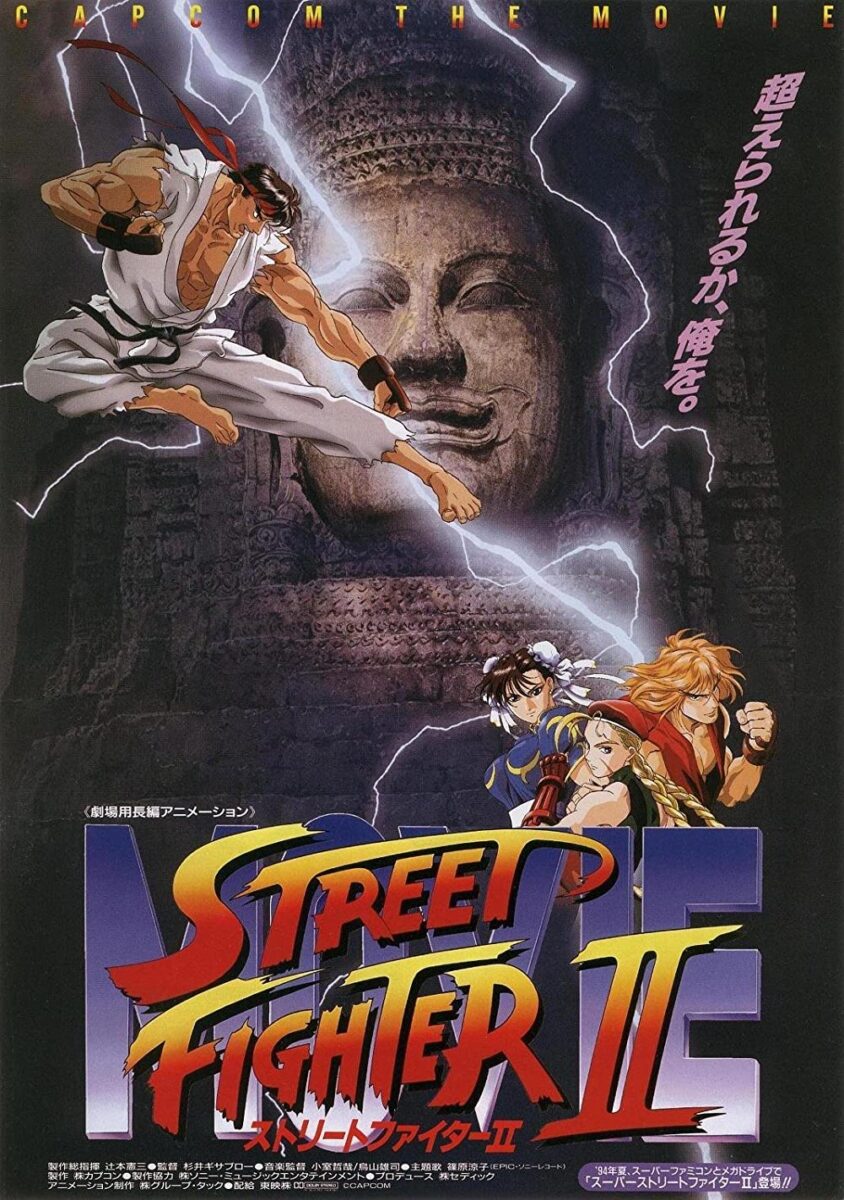
The 102-minute-long movie was an ambitious gamble for almost everyone involved. A $6 million budget was allocated by the series publisher Capcom. Meanwhile, director Gisaburō Sugii and veteran studio Group TAC finished the anime in six months, despite an initial lack of familiarity with game adaptations. Close to 30 years on, however, to say the end results more than paid dividends would be an understatement.
Street Fighter II: The Movie was somehow completed in just 6 months after Masashi Ikeda, the initial director, dropped out following a dispute with Capcom. Gisaburo Sugii recounts how it happened. (1/6) ⬇️ https://t.co/7xPYXYCl5O
— Pilo (@pilooo15) April 21, 2023
With Street Fighter 6 making waves among gamers and longtime otaku alike, it may still be worth delving back into this pivotal work when that greatness was just a nicely-timed combo away.
World Warriors
Street Fighter II is a tale of international fighters battling an insidious evil. After a British politician is assassinated by brainwashed operative Cammy White (Yōko Sasaki, S. J. Charvin), Interpol traces the real culprit to the terrorist organization Shadowlaw. Leading the case is the spunky Chun-Li (Miki Fujitani, Lia Sergent), who joins forces with Captain Guile (Masane Tsukayama, Kirk Thornton) as they pursue the criminal ring’s enigmatic leader, M. Bison (Takeshi Kusaka, Phil Matthews). As it turns out, he’s been sending cyborgs and assassins to hunt down the world’s best fighters for his ultimate goal of absolute power. However, his most prized and elusive target lies halfway around the world. Wandering vagabond Ryu (Kojiro Shimizu, Skip Stellrecht) stumbles upon that sinister scheme without realizing it. As these paths all converge, only one side will emerge victorious.
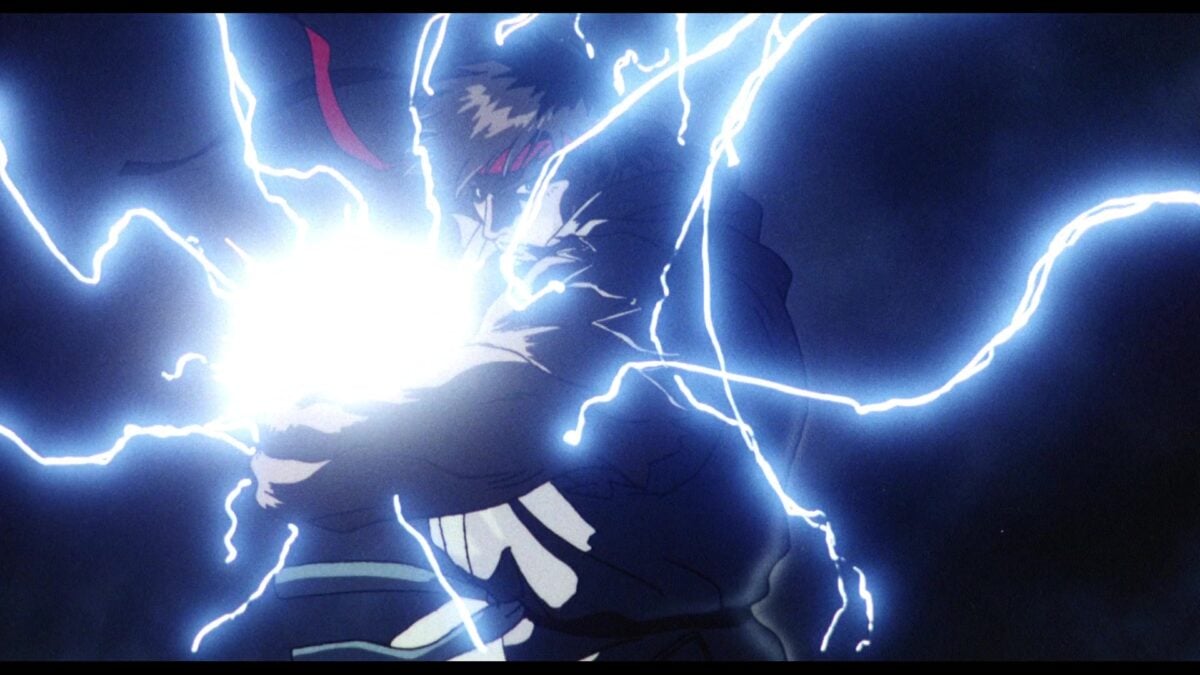
The staff at Group TAC were faced with the challenge of not just adapting the source material but doing so while Capcom itself was still building up the lore. For instance, the spelling of Shadaloo hadn’t quite been settled yet. M. Bison, meanwhile, was initially named Vega in the Japanese version, which nowadays can elicit confusion as there’s another character with that name in international editions. They succeeded in a way that the live-action movie struggled with.
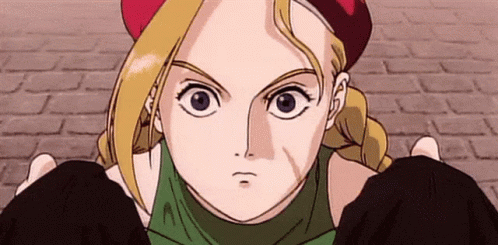
Street Fighter II doesn’t go for the tournament arc conceit of the game, but it still brings the rest of the package almost wholesale. This could be seen in the overarching plot to stop M. Bison’s conniving schemes and how the globe-trotting adventure to stop him smoothly segues into fight scenes straight out of the arcade. While many of these scenes occur within the runtime, even the seemingly random bouts last long enough before outstaying their welcome.
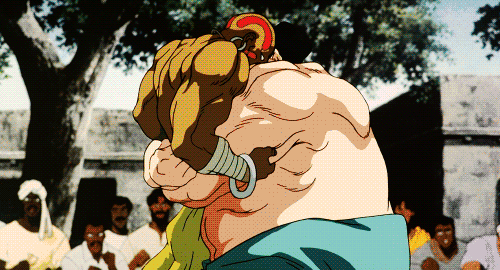
The anime gives every playable character a chance to shine. Whether it’s Guile’s recognizable no-nonsense attitude or more bit characters like Dhalsim (Yukimasa Kishino, Michael Sorich) showing their more spiritual side amid the action, personalities previously seen in sprites animations and victory cutscenes are given life. In fact, specific quirks unique to this film, such as the backstory behind Ryu’s friendship with American martial artist Ken Masters (Kenji Haga, Eddie Frierson), were even incorporated into later entries in the franchise.
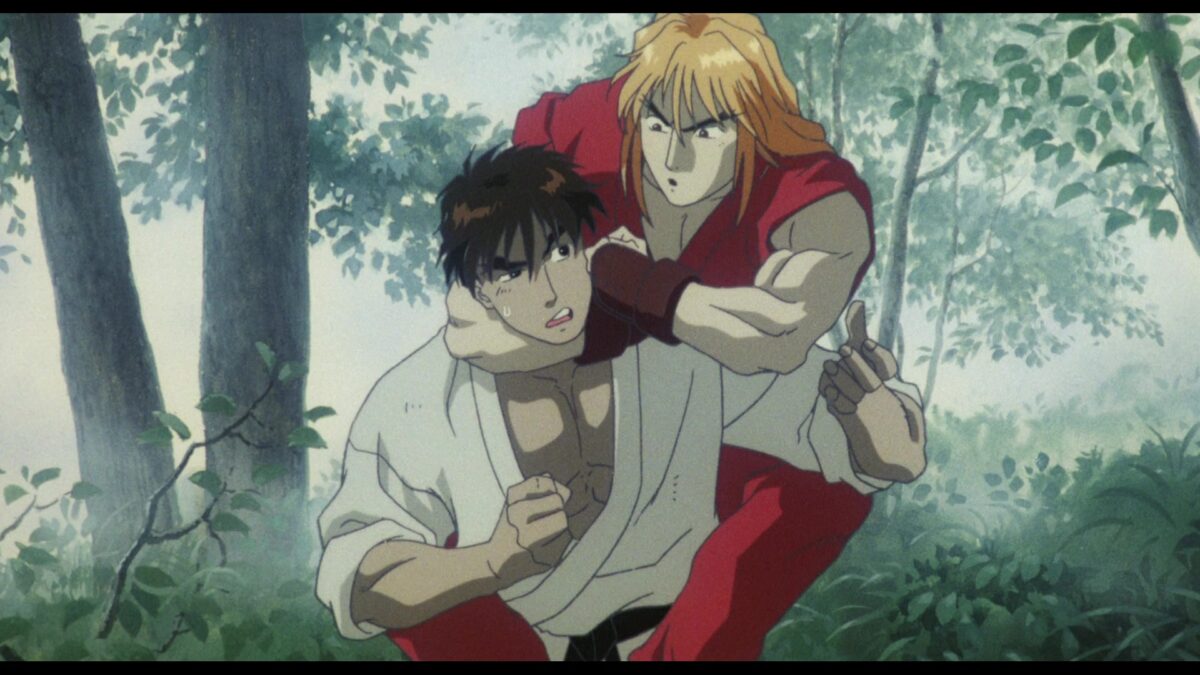
Admittedly, the movie is also the source for Chun-Li’s infamous shower scene, which caught Western audiences at that time off-guard. This isn’t to ignore the film introducing her penchant for being sidelined midway into the story, something that would carry over into the plots of titles as recent as Street Fighter V. Still, these are ultimately minor quibbles compared to the laughable Jean-Claude Van Damme vehicle.
Fighting Spirit
Even knowing about Street Fighter II‘s relatively short production time, you wouldn’t know it from the visuals, not just because of the shower scene or how crisp everything looks. From the attention to detail in how the source material’s various stages are reimagined to the action-packed clashes, it’s clear that the animators were passionate about the project. Said fights don’t just feature motions and special moves lifted straight out of the game but also mixed them up with sleek choreography courtesy of late K-1 founder Kazuyoshi Ishii (who voiced the Bruce Lee-esque Fei Long in the Japanese dub) and Swiss karate expert Andy Hug. The result is a feast for the eyes that holds up remarkably well.
Even now, the animation and audio quality hold up exceptionally well, highlighting the care the animators put into the film. (Source: YouTube)
The original Japanese audio features solid voice acting because much of its cast was known for live-action film and theater. Meanwhile, composer Yuji Toriyama’s score combines remixed versions of the game’s music with tense atmospheric motifs, culminating in the fan-favorite single “Itoshisa to Setsunasa to Kokoro Zuyosa to.” However, the censored and “unrated” English versions by SMV Enterprises go for a much more alternative / grunge-oriented direction, with KMFDM’s “Ultra” similarly serving as the movie’s de facto theme and showing up in many ’90s anime promos in America. Combined with generally decent performances for the era (including a certain Bryan Cranston as Fei Long under an alias) and some mild changes to the script to make it sound more authentically American, the result is a tense, heart-pumping repertoire that complements the anime. Whichever version, you’re bound to be impressed.
Lasting Legacy
Street Fighter II: The Animation more than made up for its budget upon release, garnering $16 million at Japan’s box office, and 500,000 copies of the English versions were sold in North America. While initially seen more as a niche fighting game curiosity when compared to other anime at the time, its legacy proved long-lasting.
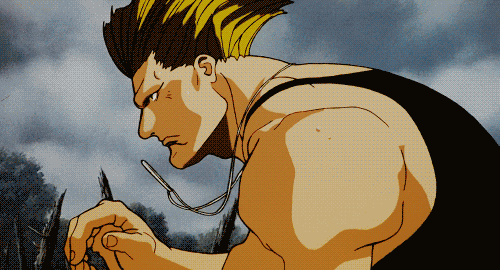
The movie’s success convinced Capcom to make the Street Fighter Alpha series and commission a well-received TV anime spinoff in 1995, also done by Group TAC. Over time, it’s gained attention well beyond its intended audience, becoming a hit among anime fans everywhere, whether for its faithfulness or authentic-looking fight scenes. Such is its enduring popularity that it has multiple releases on DVD and Blu-ray, with the latest coming out in 2016 from Discotek Media, which even has the option to mix up which dub and music versions you prefer.
Over the years, the film has gained more attention among reviewers, further bolstering its reputation. (Source: YouTube)
It’s unsurprising why Street Fighter II remains so highly recommended, even today. What better time than now to give it a shot? While you’re still here, though, J-List has a special pre-order sale for a Nendoroid model of Chun-Li by Good Smile Company. Feel free to check it out!


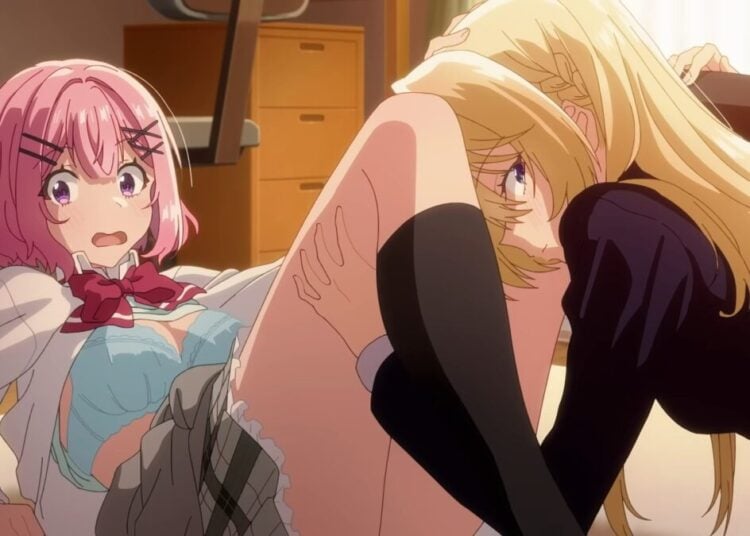
![Sawaranaide Kotesashi Kun Episode 12 [END] Featured Image](https://blog.jlist.com/wp-content/uploads/2025/12/Sawaranaide-Kotesashi-kun-Episode-12-END-Featured-Image-750x536.jpg)











